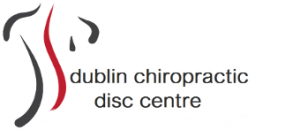Scoliosis is more prevalent in women than in men. The most important time to watch for a developing scoliosis is between the ages of 10-18, especially in girls. As they go through the hormone changes, it is the most important time to have them checked often for early signs of scoliosis. It is possible for a fairly normal spine to change very rapidly during this time, especially if there is a family history of scoliosis.
Other possible causes are from a trauma such as a bad fall or car accident, a birth deformity, a short leg, or some type of neuromuscular disease.
The medical approach to scoliosis in a severe case may include use of a brace of some type that goes around the torso. However, improvement from this type of scoliosis treatment is usually not long-lasting. Electrical stimulation has been used on the muscles in a number of cases with varying results. In the most severe cases, surgery may be used by placing metal rods in the patient’s spine in hope of stabilizing the spine. I would strongly recommend that you get a number of second opinions.
Our first goal is to establish the origin of the scoliosis. This is done through case history, exam and the appropriate x-rays. Then we will have a much better understanding of the specifics of the scoliosis. Many cases of scoliosis can be helped and major improvement can be made. The earlier we start the patient, the better the scoliosis treatment results will be. Our scoliosis treatment consists of regular Spinal Alignments and our Core Stabilisation technique which repositions the vertebrae toward better alignment.
It is important to keep in mind that our goal is not always to “cure” or “straighten out” the scoliosis patient. In some scoliosis cases that may not be possible. Rather our goal is to “manage” the scoliosis case. By regular scoliosis treatment adjustments we can keep the spine working at its optimum with a minimum amount of pressure on the nervous system. This will usually keep the scoliosis patient symptom-free and able to lead a normal life. It is my opinion that our Core Stabilisation technique is absolutely the best management of choice for scoliosis treatment.
